
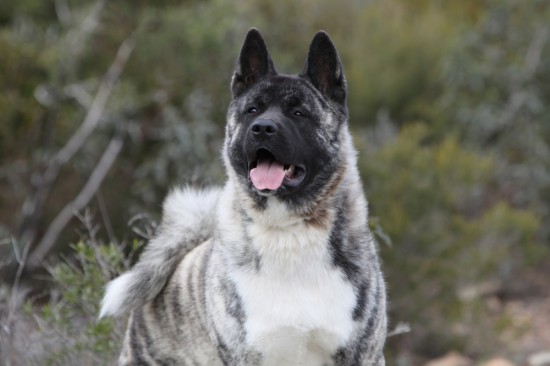
Gastric dilatation and volvulus syndrome (a.k.a. 'GDV') is a life-threatening disorder of which every large-breed dog owner should be aware. These three letters strike fear into the hearts of vets and breeders alike. Unrecognised, GDV causes extreme suffering and can rapidly become fatal. The chances are that your dog will never be affected, but this article will help to prepare you in case the worst happens.
GDV typically affects large- and giant-breeds of dog with 'deep' chests. Breeds that appear to be particularly susceptible are:
However, any large- or giant-breed dog has the potential to be affected. The condition is slightly more common in males and dogs that are underweight, and the risk increases slightly with age.
GDV is an acute condition, meaning that the disorder develops over a very short period of time. Initially, the stomach distends dramatically with air or fluid (gastric dilatation or 'GD'). This is thought to occur due to a physical or functional obstruction to the stomach outflow but the underlying cause is currently unknown. Once the stomach starts to dilate, the dog is unable to burp or vomit to relieve the pressure. Normal secretions cause the stomach to continue to distend. Left untreated, the expanded stomach starts to put pressure on major blood vessels and can prevent blood flow to the heart, with disastrous consequences. It can also impair breathing due to pressure on the diaphragm. If the stomach continues to expand, it will eventually rupture.
Dilatation can occur in isolation, but in many cases this will progress to volvulus, or twisting, of the stomach. As the stomach expands, it rotates and shifts within the abdomen. The spleen may also be involved in the twist as it is closely attached to the stomach. Further compression of the major blood vessels occurs. The major organs do not receive sufficient oxygen and quickly start to die. As tissues die, toxins are released into the bloodstream, causing further damage.
Symptoms your dog may show include:
If you are worried that your dog may have a GDV, don't delay - take him/her to your vet straight away. Even a few minutes can make all the difference to the outlook. In addition, if your dog has this condition then he/she will be in agony, so immediate pain relief is required. However, if possible, try to pre-warn your vet that you are coming, as this way they can make sure that all the necessary equipment is ready.
Your vet will initially want to carry out a brief examination of your dog to see if a GDV is the likely cause of the problems. It is often (but not always) possible for the vet to feel a distended stomach. In addition, your dog may show signs of shock such as a rapid heart rate, pale gums and weak pulses.
If your dog appears to be suffering from this condition, your vet will want to admit him/her for urgent treatment. If the stomach is twisted then surgery will be required to correct this. It can be difficult to tell this from the physical examination alone, so x-rays are normally taken to differentiate simple dilatation from dilatation-volvulus. Before surgery, it is important that your dog is stabilised to reduce the risk of complications under the anaesthetic. He/she will need to be treated for shock with aggressive intravenous fluid therapy. The stomach must be decompressed and antibiotics and pain relief will be required. Blood tests are normally necessary to look for any secondary complications and an ECG may be recommended to look for heart rhythm abnormalities, which commonly occur due to shock. Once your vet is happy that your dog is stable then they can proceed with surgery.
Only at surgery will your vet be able to determine the true extent of the problem.
The best case scenario is that there is a simple twist of the stomach, with all the tissues remaining normal and healthy. In this case, the stomach can be further decompressed and rotated back to its original position. A procedure called a gastropexy is then usually performed - this permanently adheres the stomach to the body wall to prevent the condition from recurring.
Unfortunately, unless GDV is rapidly treated, parts of the twisted stomach wall and/or spleen will start to die, necessitating their removal. Dogs can cope with removal of the entire spleen; however, as you would expect, there is a limit to how much stomach can be removed. Tragically this means that some dogs have to be put to sleep as too much of the stomach tissue has died.
Sadly, the mortality rate with this condition is very high. Because of the intensive care and complex surgery required, it can be extremely expensive to treat - unfortunately even when the outcome is not a good one. For this reason, many owners have their dogs put to sleep rather than embarking on treatment, and this is entirely acceptable. It is a very personal decision about whether to treat, one that only you can make. The most important factor is that all decisions are made promptly, so your dog's suffering isn't prolonged.
Despite all the doom and gloom, the good news is that there are several things you can do to minimise the risk to your dog.
Hopefully these simple precautions will prevent you and your dog from having to experience this terrible condition.
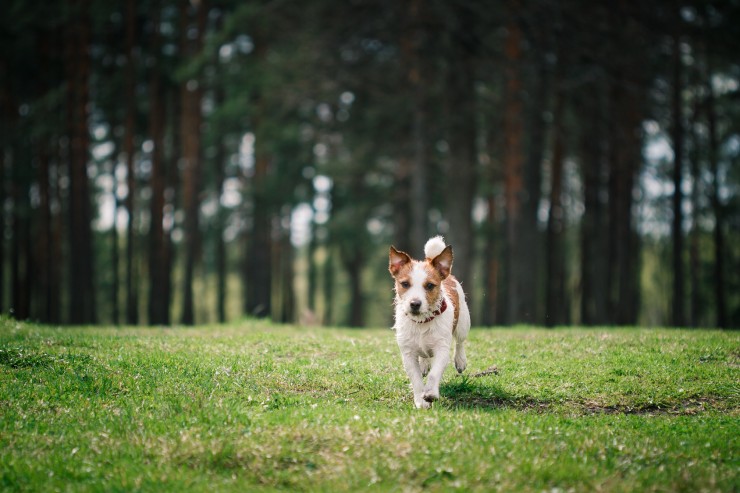 Five Top Tips For Controlling Your Dog Off The Lead
Five Top Tips For
Five Top Tips For Controlling Your Dog Off The Lead
Five Top Tips For
 How To Deal With Bee & Wasp Stings In Dogs
How To Deal With
How To Deal With Bee & Wasp Stings In Dogs
How To Deal With
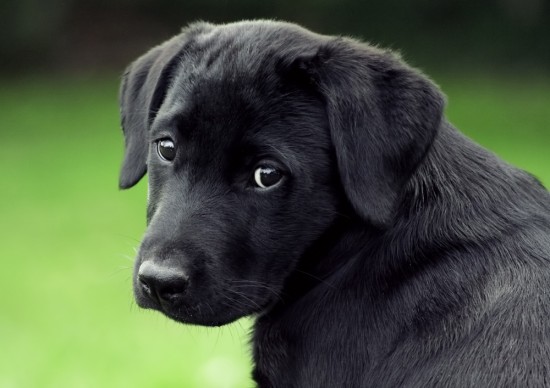 The Top Five Reasons People Give For Re-homing Their Pets
The Top Five Reas
The Top Five Reasons People Give For Re-homing Their Pets
The Top Five Reas
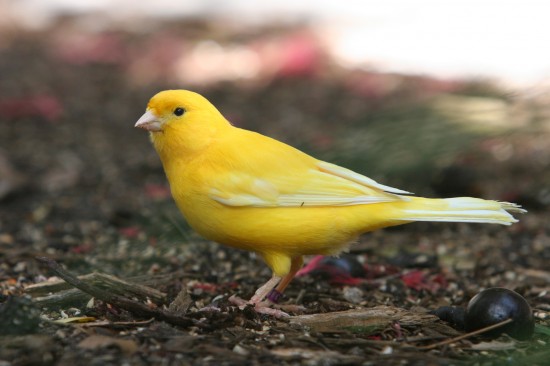 Common Illnesses In Canaries
Common Illnesses
Common Illnesses In Canaries
Common Illnesses
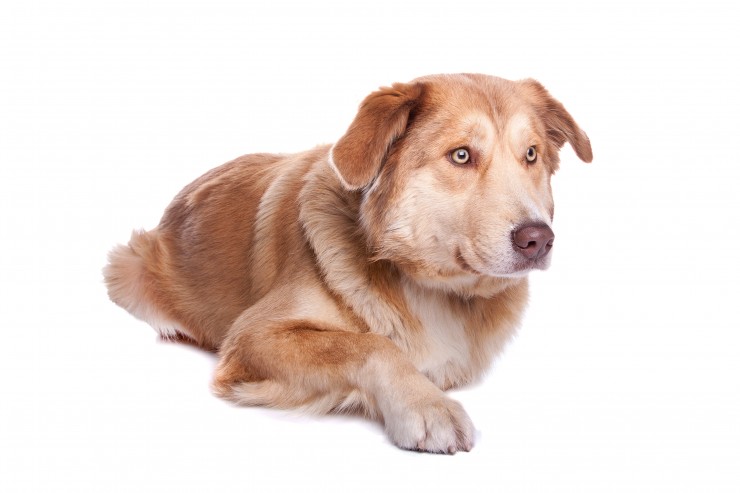 The Aidi - A Smart, Courageous Dog Native To Morocco
The Aidi - A Sma
The Aidi - A Smart, Courageous Dog Native To Morocco
The Aidi - A Sma
Copyright © 2005-2016 Pet Information All Rights Reserved
Contact us: www162date@outlook.com